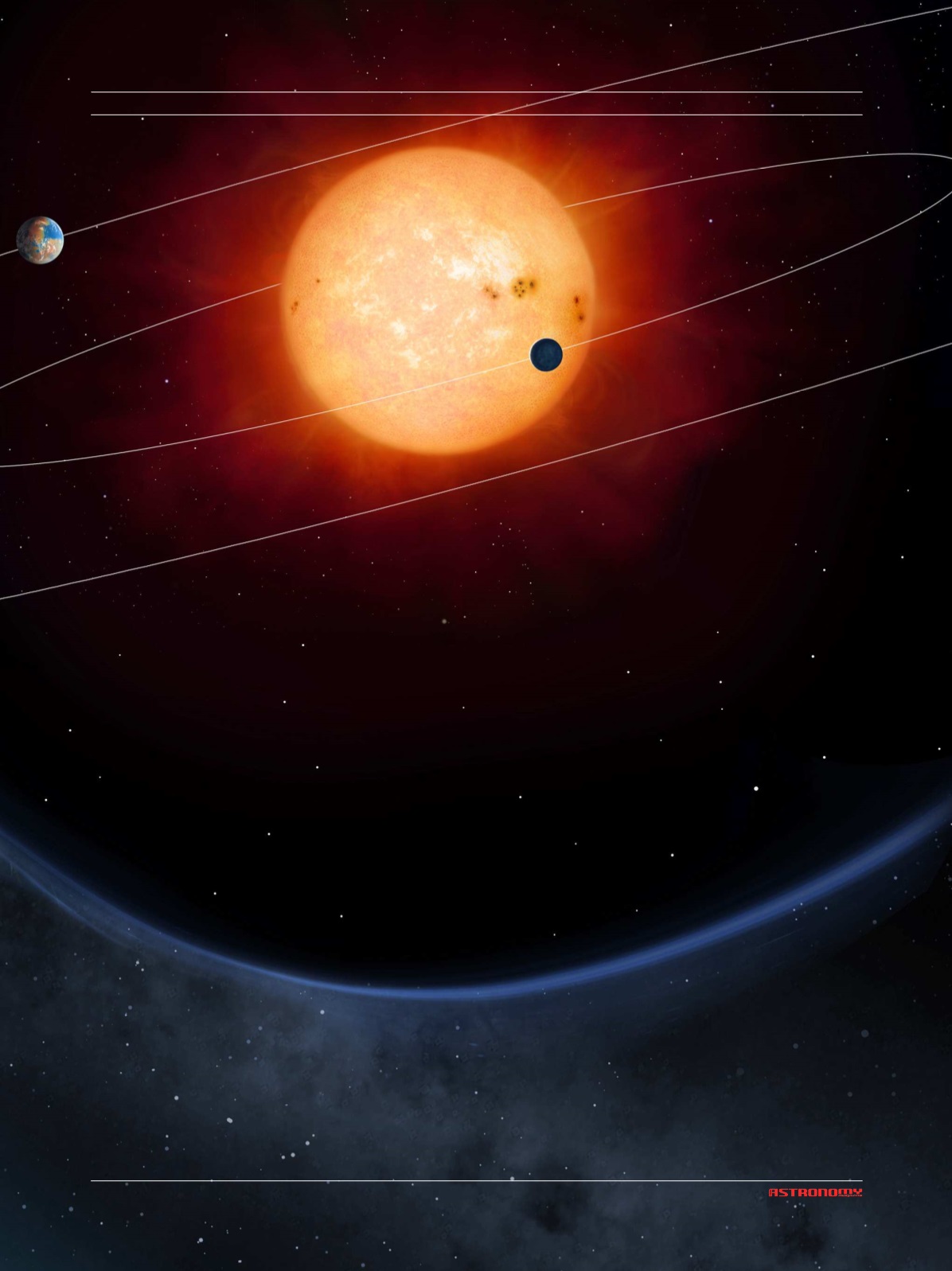

ASTRONAUTICS
21
The Kepler space telescope brought us so close to discovering plan-
ets just like the Earth. Now the European Space Agency has started
implementing an instrument that will harvest Kepler’s legacy and
help to provide a credible answer to the question most often asked
by those who watch the night sky: “Is there life out there?”
T
he PLATO mission will be done. The ESA’s Science
Programme Committee, which met in Madrid at
the beginning of the summer, confirmed it.
This news is very important, because PLATO, in in syn-
ergy with the ESO’s Extremely Large Telescope (ELT)
and NASA’s James Webb Space Telescope (JWST), will
be essential in discovering and verifying planets that
are twins of the Earth and any life that may be pre-
sent on them. PLATO is an acronym for PLAnetary
SEPTEMBER-OCTOBER 2017
Transits and Oscillations of stars, and its resemblance
to the name of one of the greatest ancient Greek
philosophers is no coincidence. The man named Plato
sought a harmonious and uniform solution to the
problem of the ‘wandering stars’ (the planets in our
solar system); similarly, PLATO will help researchers
bring order to the whole picture, which is currently
rather confused, that describes the birth and evolu-
tion of planetary systems and the many variations we
















